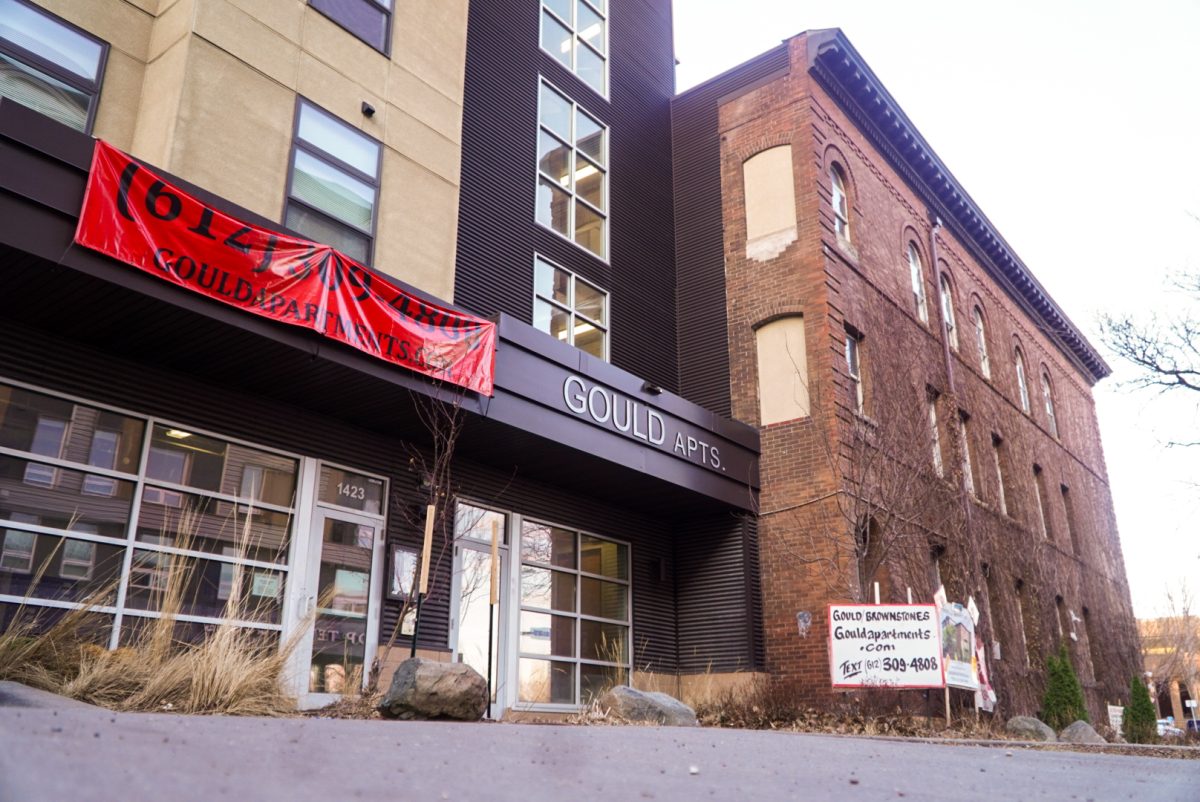Minneapolis Mayor Jacob Frey is planning an over $1 million investment in his 2025 budget to make Minneapolis the first city in the country to eliminate childhood lead poisoning.
Minneapolis reported 112 children with high levels of lead in their blood in 2022, according to the Minneapolis Health Department. Across the entire state, nearly 700 Minnesota children have elevated blood lead levels each year.
The City of Minneapolis has invested and secured about $60 million to ensure homes are safe and free from lead since 1998.
Council Member Jason Chavez (Ward 9) said the City Council approved around $1.9 million for the Minneapolis’ Lead and Healthy Homes program.
Minneapolis Health Department’s Lead and Healthy Homes Manager Alex Vollmer said lead is found primarily in deteriorated paint in homes and consumer products like makeup, ceramic cookware, international candies, medicines and soil.
Minnesota Department of Health senior epidemiology supervisor Stephanie Yendell, who oversees the health risk intervention unit, said children under six, especially one- and two-year-olds, are at more risk for lead poisoning due to their interaction with the environment.
“Kids around age one, age two, are crawling around on the floor, spending time on the floor, and they have a lot of hand-to-mouth behavior where any lead dust that might be on the floor gets on their hands or their toys and then can go into their mouth and they’re exposed that way,” Yendell said.
Vollmer said when exposed to lead, children’s bodies take in more lead than adults.
“Their bodies are developing in such a way that they are absorbing into their blood more lead that they would ingest, so a child under the age of six can absorb into their blood about 50% of any lead that they do ingest, whereas an adult human would absorb about 20%,” Vollmer said.
There is no safe amount of lead to ingest, Yendell said. Lead can slow learning development and cause kidney disease and infertility in adults, Yendell added.
Vollmer said symptoms of lead poisoning are similar to flu-like symptoms such as vomiting, headaches and stomach aches.
Vollmer said the city’s money will go toward inspecting houses for lead, writing corrective orders where deteriorated lead-based paint and providing financial resources to remediate this hazard.
Yendell encourages families to have their kids tested at ages one and two as well as older kids if they have a potential lead exposure.
“Lead poisoning is preventable,” Vollmer said. “The best defense is knowing where hazards are to be able to repair those items.”
Lead poisoning is a racial and economic issue within Minneapolis, Chavez said.
“Our immigrant communities are in these areas who are impacted by this and who deserve support from the city and are getting that support for the city,” Chavez said. “So we know that we’re going to continue to fund lead poisoning prevention programs in our city.”
The top five priority neighborhoods for lead poisoning are Central, Phillips, Powderhorn, Hawthorne and Jordan, Vollmer said.
Chavez said the city’s focus on lead poisoning is important because it can cause permanent long-term damage to children.
“This is a really serious thing and we want to make sure that our children are safe, that our families are safe and to please make sure that your home is safe for the people that live here,” Chavez said.




















